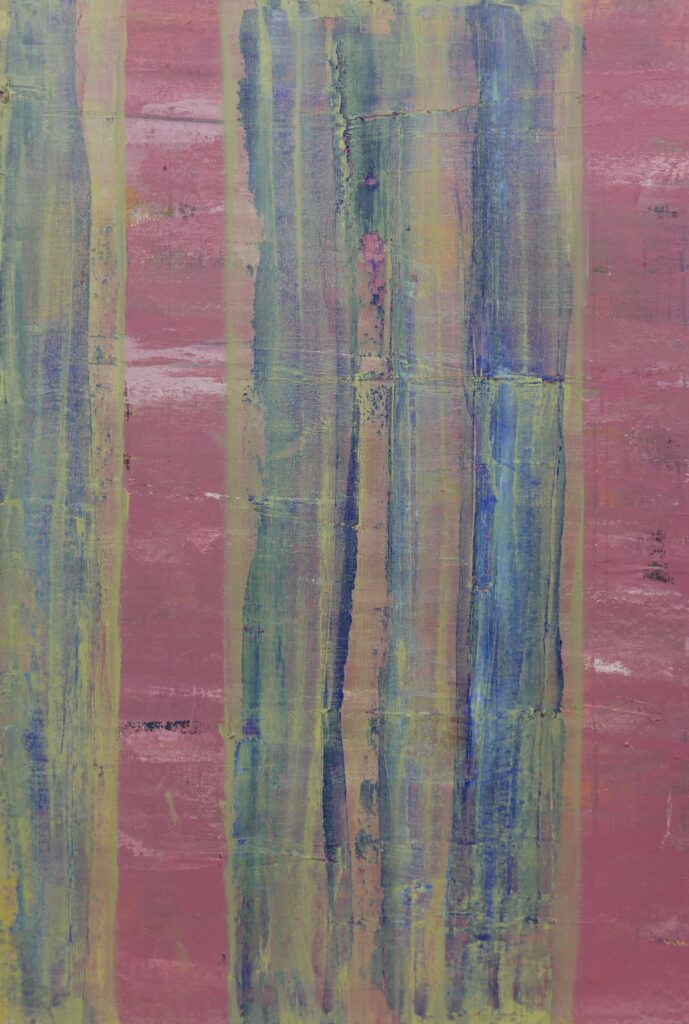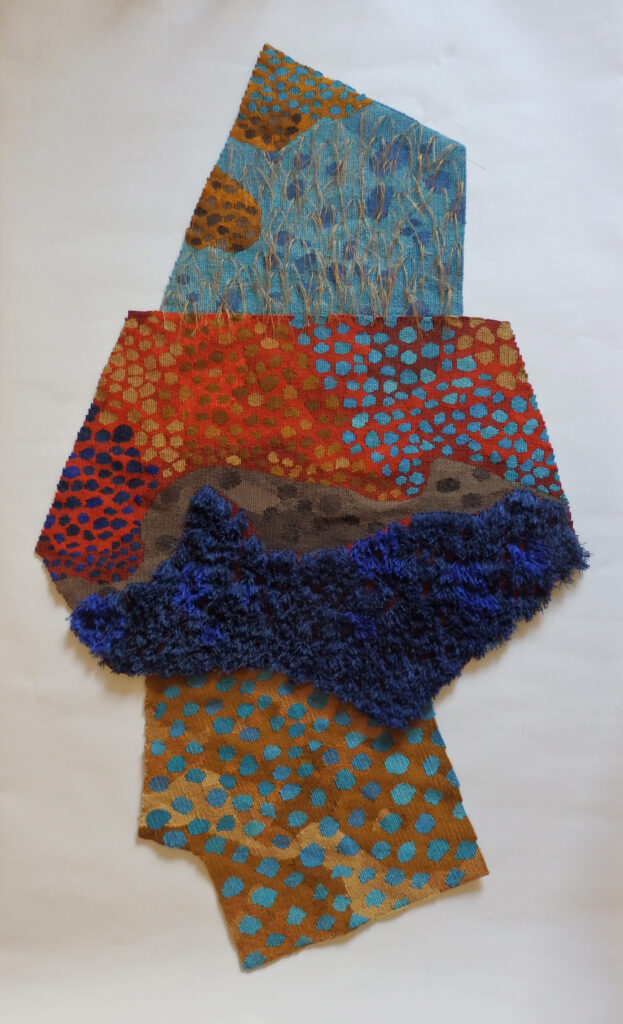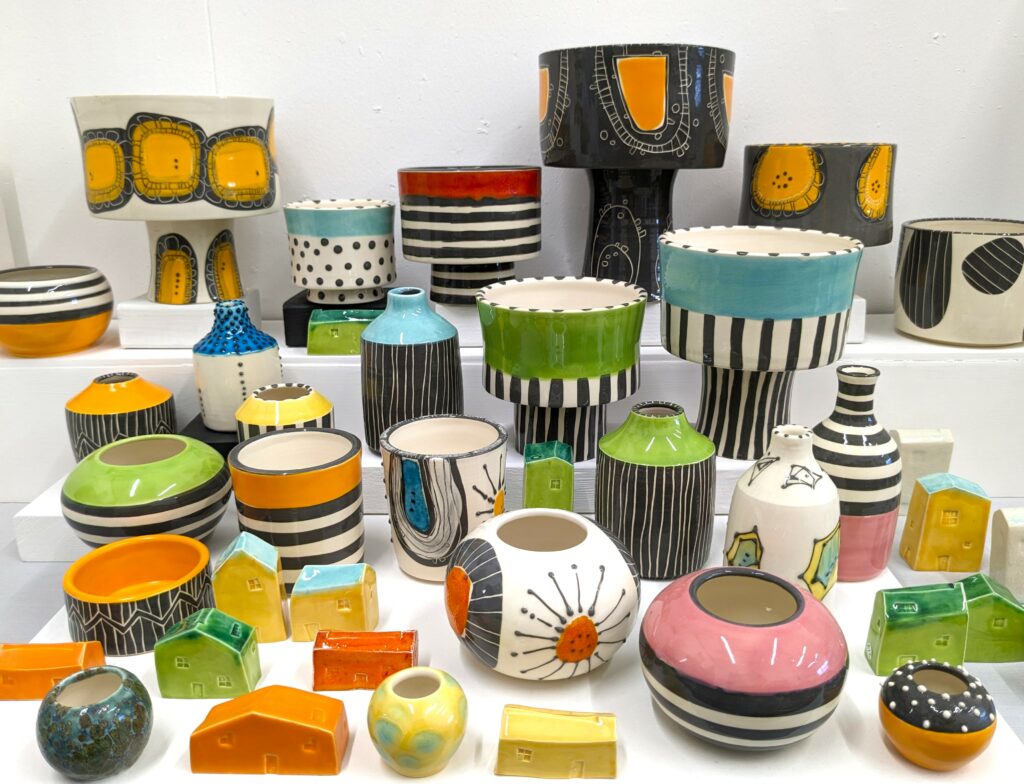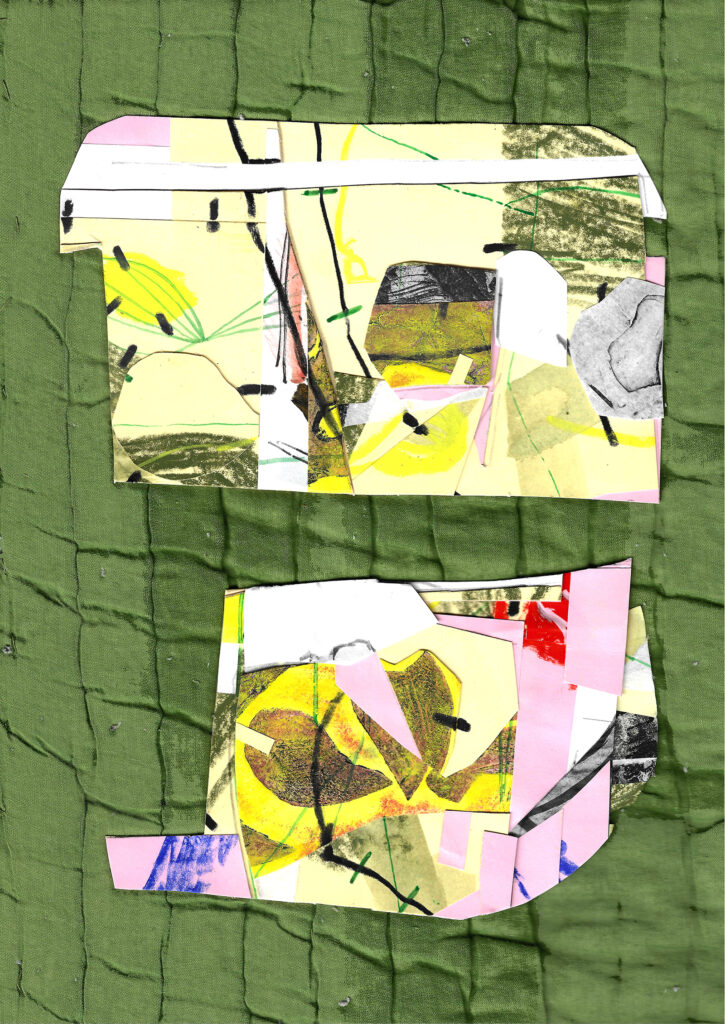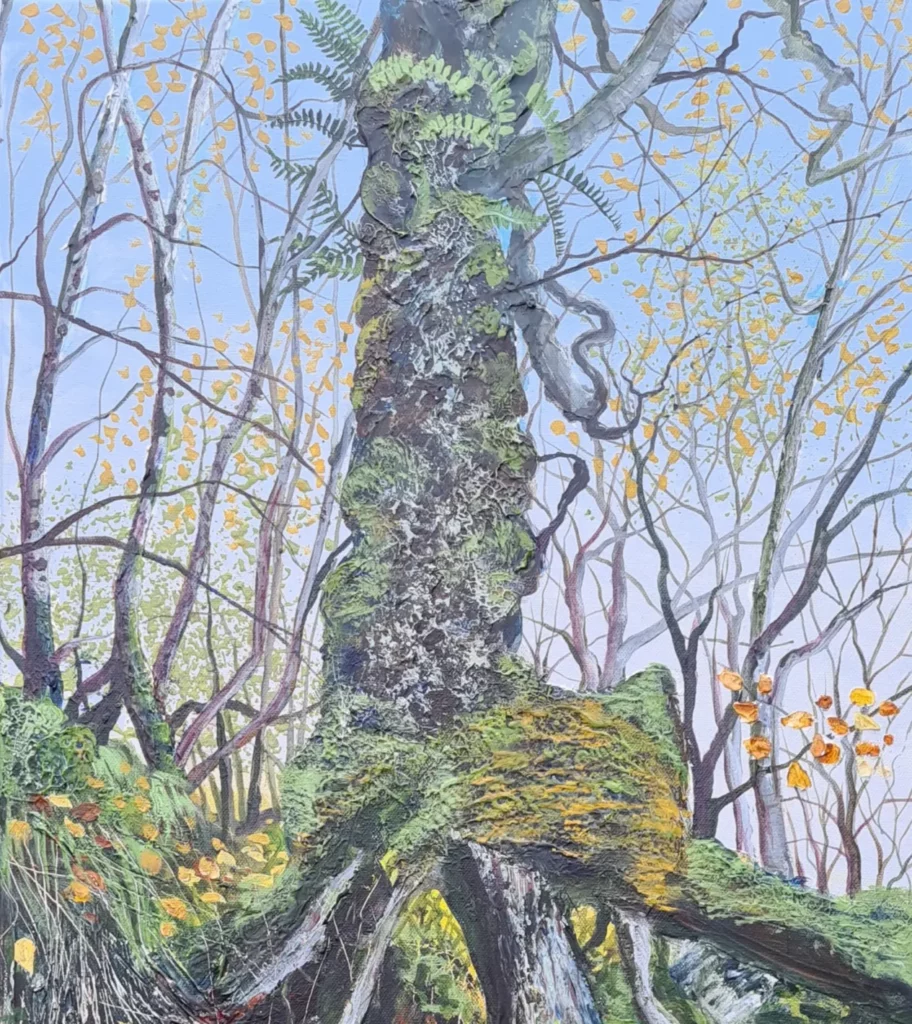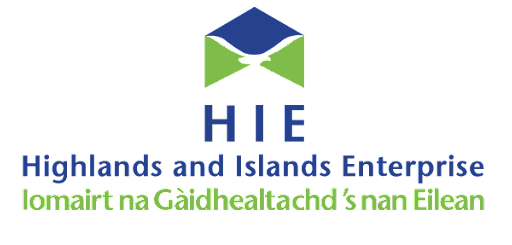Violin Making Story is a result of an ongoing exploration of experiences drawn from craft in general, and violin making in particular.
After:
The paintings in this exhibition are a result of Linus’ contact with musicians and music through his profession as a violin maker. As a violin maker you listen to sound rather than to music. In his paintings Linus is exploring the qualities of sound and the practice of listening.
The paintings are made with a soundtrack, often just a couple of minutes long, with a solo instrument played on repeat for hours. As the work for this exhibition has developed Linus’ methods have shifted and with it his way of being when painting.
In the first paintings Linus is working with sound in terms of translation. He’s trying to translate sound into colour and shape and by doing so he’s following the logic of representation which positions the meaning of the painting in its relation to something else, a soundtrack.
In later paintings, Linus is focusing more on the act of listening. He’s trying to use painting as a way of listening. Rather than trying to depict sound he’s trying to simply be listening in painting. The paintings become a manifestation of the act of listening.
In the last paintings he is coming closer to the practice of the musician, playing the paintings like instruments, treating forms as bodies of resonance.
Present:
On the opening there will be two musicians playing, one violinist and one cellist. They are both playing instruments made by the artists.
Before:
Bing Chen has been exploring the properties of materials and discovering values and questions in the process of making. She was immediately attracted by the properties of wood when She was learning violin making with Linus. Bing’s passion for the research about materials led her to discover the potential of wood shavings as a medium that could deliver her ideas about exploring the relationships between craft and conceptual practice.
In the wood shavings, she could see not only the strong yet fragile texture of the wood but she could also see the work behind it. Bing collected wood shavings from the workshop and made a sculpture from thousands of thin wood shavings. The shavings are leftovers, traces of work, a soon-forgotten stage during the making process which now has been saved and lifted out of time.
This work makes the time spent in the making visible, it shows how the way materials occupy space can be reformed, and it shows how quantitative change causes qualitative change. The form of the sculpture also expresses her attitude — she equally values physical and mental labor; craft and conceptual technology.
Linus Wever Andersson is a Swedish/German artist and luthier, based in Glasgow. He studied Philosophy and History of Ideas at Uppsala University, Karl-Ruprecht Universität Heidelberg, Södertörn Högskola Stockholm and Freie Universität Berlin. In 2015 Linus started learning violin making at the Newark Violin Making School in England and in 2018 he opened his own workshop in Glasgow, initially together with Stephanie Irvine. Linus is currently a MFA student at the Glasgow School of Art. Linus likes to see his artistic practice as an exercise in being. He works mainly with text, painting, drawing and performance. One of his methods is called “resting in questions”. To him this means an attempted awareness of the constantly changing nature of things and to allow oneself not to know. Linus takes inspiration from the nonsensical riddles in the Zen Buddhist tradition called Koans in the search for a more open mind, related to the surrealists and their exploration of the subconscious. Linus’ work, both as an artist and a luthier, is a conscious act of resistance towards western rationalism, a way of thinking that has proven itself all too capable of controlling its host animals and their world.
Bing Chen is a Chinese artist. She studied at the Glasgow School of Art from 2016 to 2021: receiving a BA in environmental Art and a Master of Fine Art. In her practice, she uses mixed media including installation, sculpture, film and photography. Central to her practice is an exploration of relationships that appear during the making process, such as the relationship between materials and space, between form and attitude, and existence and time. She explores different modes of making related to craft and conceptual ideas. Craft for her is an intimate relationship with materials. Looking into the material is a way for her to enter nature and the universe, a place which then allows her to look back at people with a different and possibly wider perspective. Her art is engaged in a sense of connection to the world around us, a connection often lost in the overwhelming input of social media and urban life.
Exhibition
Event Details
Date: May 19 - July 7
Time: Monday-Friday, 9:30am-5:30pm
Address:
The Briggait
The Briggait
141 Bridgegate
Glasgow
G1 5HZ
